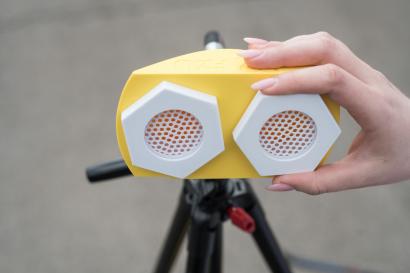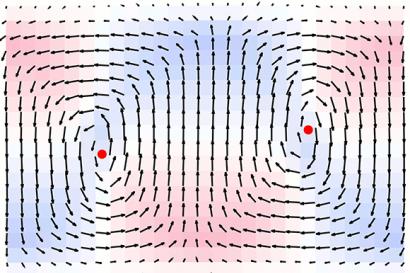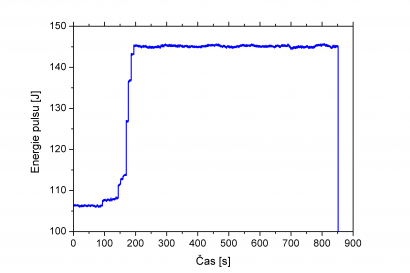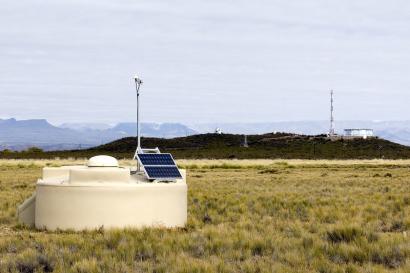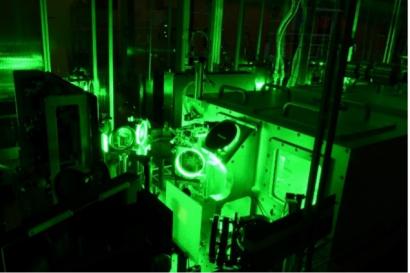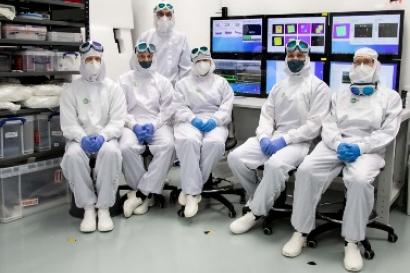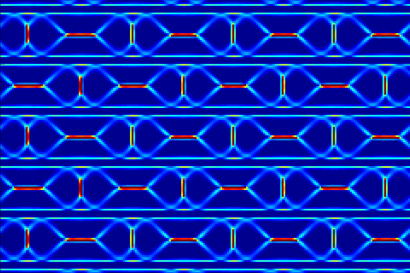The Safety of Prague’s Public Transportation System is Confirmed by a Study Completed by the Czech Academy of Sciences
Recently, large-scale testing of Prague‘s public transportation system for signs of Covid-19 transmissibility was initiated by the Prague Public Transit Company (DPP). The extensive testing of the system, which was carried out in April 2021 by researchers from the Institute of Physics of the Czech Academy of Sciences (AVČR), found no evidence of the infectious presence of the SARS-CoV-2 virus.
